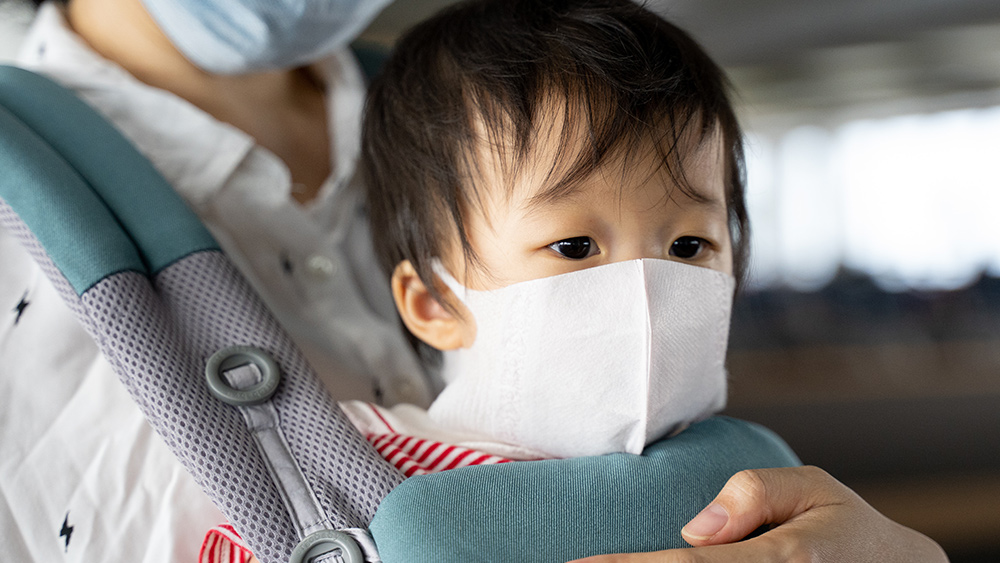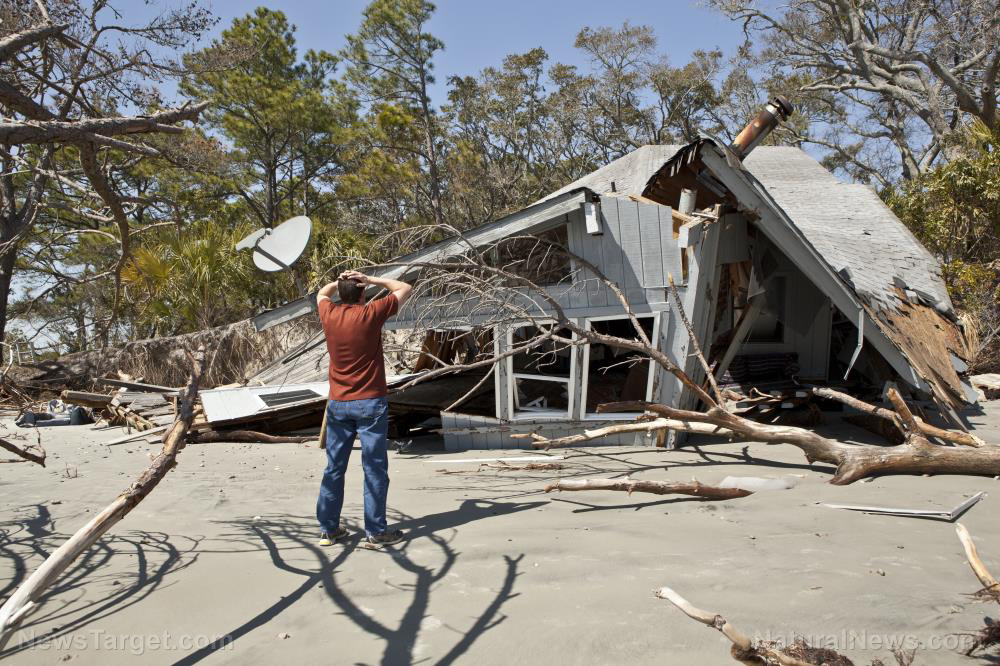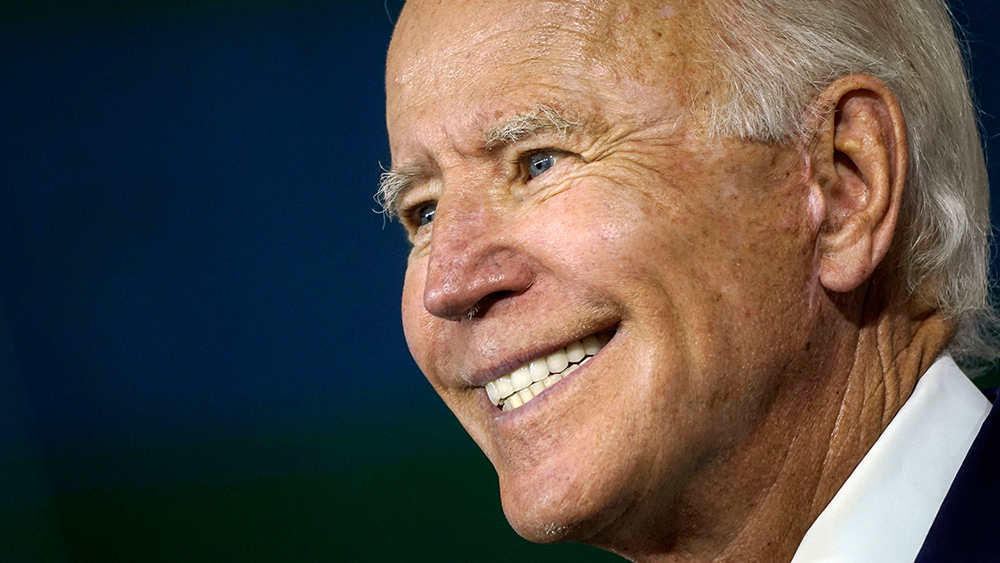Japan’s population fell by nearly 800,000 last year, with drops recorded in all 47 prefectures for the first time
08/02/2023 / By Zoey Sky

According to reports, all 47 prefectures in Japan posted a population drop in 2022 as the total number of Japanese people fell by nearly 800,000.
The figures released by Japan’s internal affairs ministry mark two new alarming records of a nation edging closer to uncharted demographic territory. Others believe many countries are soon to follow.
Population decline a “crisis”
Japanese Prime Minister Fumio Kishida said the trend was a “crisis” and promised to address the situation. National policies have failed to resolve population decline, but concerted efforts in some small towns have had some effect.
Data from July 26 revealed that deaths in Japan hit a record high of more than 1.56 million while there were only 771,000 births in 2022, the first time the number of newborns has gone below 800,000 since records began.
An all-time high increase in foreign residents of over 10 percent to 2.99 million was unable to stop a slide in the total population, which has declined for 14 consecutive years to 122.42 million in 2022.
Prime Minister Kishida said that addressing the birthrate decline is crucial. He also warned that Japan is “on the cusp of whether it can maintain its societal functions.”
Japan’s aging population is affecting almost all aspects of society. More than half of all municipalities have been designated as depopulated districts, with schools closing.
Programs on the Broadcast Satellite (BS) channels are tailored to an older audience, with commercials for incontinence pads, supplements to relieve aching joints and even funeral services. (Related: Japan orders probe of COVID-19 vaccine deaths.)
Japan’s underworld has also felt the brunt of the country’s declining population, with a majority of yakuza now over 50. As of writing, there are now more gangsters in their 70s than in their 20s.
Japan launched the Children and Families Agency on April 1 to bring all related issues, including the birthrate, under one entity.
The Japanese government also pledged to double spending on childcare and allowances to four percent of the gross domestic product (GDP), but childcare and education subsidies implemented in the past have had a minimal impact on the birthrate.
While data on new births is alarming, at least 300 small towns have significantly boosted births with an effective combination of generous payouts and policies to produce more child-friendly environments.
Municipalities offering the best deals to new parents have benefited from migration from other areas by those already planning to start families.
Nagi’s secret to repopulating Japan
Nagi in Okayama prefecture is considered by many as a great example for increasing the number of children born.
The fertility rate in Nagi more than doubled from 1.4 to 2.95 in 2019 before declining slightly to 2.68 in 2021. Despite the decrease, it’s still more than twice the national average of 1.3, or the number of children a woman can expect to have in her lifetime.
Amid warnings from Kishida that Japan’s declining birthrate threatens its ability to function as a society, the town’s 5,700 residents could have found the answer.
Nagi’s elevated birthrate is thanks to two decades of local initiatives designed to make the farming town a child-rearing utopia.
With continued support, the measures can also help arrest a demographic trend that, according to the most recent government forecast, will result in a decline in Japan’s population from 125 million today to 87 million by 2070.
Nagi is called Japan’s “miracle town” and the positive results were achieved with a combination of generous financial incentives and the involvement of every member of the community in bringing up its youngest residents.
Unlike other areas in the country, three-child households are common in Nagi. Town statistics show that 47 percent of Nagi households have three or more children. Young families are eligible for different financial benefits, such as a one-off payment of ¥100,000 ($700) on the birth of each child.
Takamasa Matsushita, a father of two young children and head of Nagi’s information and planning division, shared that in their town the sound of children playing is considered a joy for all residents.
After residents voted not to merge with nearby cities in a 2002 referendum, officials found that Nagi would only survive if it could stabilize and increase its population.
In Nagi, children receive free healthcare until they are 18. Families don’t pay for school textbooks until they complete compulsory education at 15 and school meals are subsidized.
Teenagers attending senior high school out of town pay only a fraction of their bus fares.
To attract young families, Nagi offers three-bedroom homes for a much lower monthly rent of ¥50,000 ($350).
Japan isn’t the only country giving birth to fewer babies.
The average fertility rate for the Organization for Economic Cooperation and Development (OECD) group of wealthy nations is 1.66, a figure that is below the replacement rate of 2.1 required to maintain population numbers.
While Japan’s population started to fall before that of other countries – peaking in 2008 – declines in fertility rates are worse elsewhere, especially in East Asia.
Taiwan is below Japan with 1.24 babies per woman, while South Korea has the world’s lowest rate at only 0.78.
Watch the video below to find out why the global elite wants depopulation by 2025.
This video is from the Third Watch channel on Brighteon.com.
More related stories:
DEPOPULATION: Maternity wards across America are closing down as birth rates collapse.
Demographic COLLAPSE occurring in England as covid depopulation jabs kick in.
Sources include:
Submit a correction >>
Tagged Under:
big government, birth rates, Bubble, chaos, Collapse, crisis, depopulation, finance, Fumio Kishida, Japan, nagi, national security, panic, pensions, population collapse, population decline, society
This article may contain statements that reflect the opinion of the author
RECENT NEWS & ARTICLES
COPYRIGHT © 2018 MONEYSUPPLY.NEWS
All content posted on this site is protected under Free Speech. MoneySupply.news is not responsible for content written by contributing authors. The information on this site is provided for educational and entertainment purposes only. It is not intended as a substitute for professional advice of any kind. MoneySupply.news assumes no responsibility for the use or misuse of this material. All trademarks, registered trademarks and service marks mentioned on this site are the property of their respective owners.



















